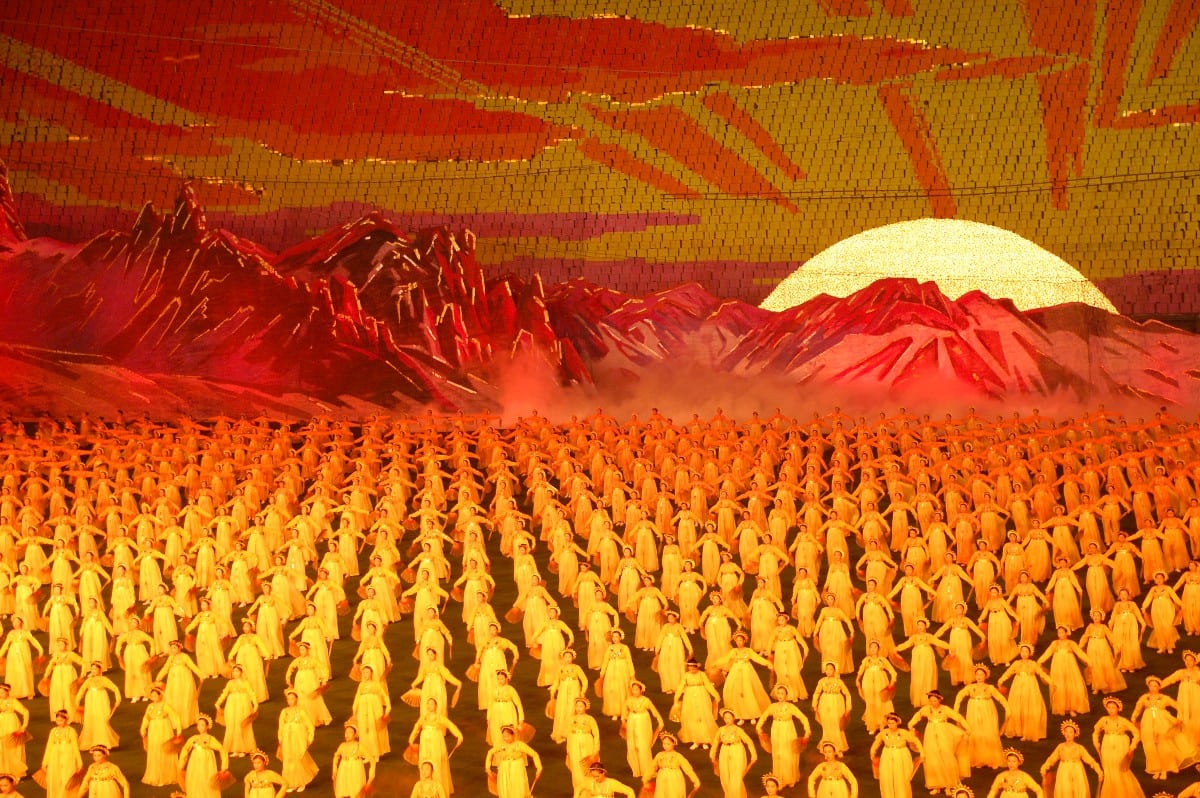 Photo courtesy of (stephan) on Flickr
Photo courtesy of (stephan) on Flickr
What Now? How to Go About a New Public Diplomacy Strategy Towards the DPRK
This post is part two of a two-part series on the potential for public diplomacy in the current state of U.S.-DPRK relations. You can read part one here, which addresses the necessity for and challenges of a new public diplomacy strategy towards the DPRK.
Crafting a public diplomacy strategy towards the DPRK in a post-summit environment is a difficult task, and public diplomacy alone will not solve the issue of a nuclear DPRK. As discussed in part one of this series on public diplomacy towards the DPRK, strategies that seek to undermine and destabilize the Pyongyang regime are not appropriate going forward. However, they certainly can play an important role in facilitating dialogue and building strength in bilateral commitments – which is key to a stable situation on the Korean peninsula.
Within the summit document, commitments were made for the U.S. and the DPRK to “hold follow-on negotiations…to implement the outcomes” of the summit. The opportunity to implement public diplomacy into these advancements is possible, and there are reasons to believe that doing so would be beneficial.
The limited information available on life inside the DPRK shows that citizens are already exposed to foreign media, with a 2016 CSIS survey revealing that 94% of respondents had accessed foreign-produced content before. Furthermore, DPRK residents with the means to pay are ensuring that their children are instructed in foreign languages, reasoning that the ability to communicate with the outside world will benefit their families financially. This is a useful precedent to build off – if the U.S. demonstrates that foreign interaction is beneficial in any way, then avenues for interaction in other capacities become available.
The political climate is also becoming more conducive to cultural exchange. In North Korea, anti-American souvenirs were available for purchase for a long time – however, they have recently been removed, along with some of the anti-American posters found in Pyongyang. These small actions are indicators of a wider shift in the permissibility of interacting with America in a non-hostile context. In this light, multiple roads for public diplomacy have the potential to open up; namely, cultural diplomacy, science diplomacy, and economic diplomacy.
Cultural diplomacy is one avenue to explore. In April, the ROK sent popular K-pop group Red Velvet to Pyongyang to hold a series of concerts alongside other musicians from both sides of the parallel – the first concert of its kind since 2005. Their appearance was a success, despite DPRK disapproval about the provocative nature of their performances. Furthermore, the U.S. has sent musicians to Pyongyang before, such as the landmark 2008 visit by the New York Philharmonic Orchestra. Initiatives like these are useful in both fostering goodwill and gauging political tensions. The DPRK has also participated in exchange events before; most recently as part of a unified Korean team at the 2018 Winter Olympics, but also at events such as the World Expos in 2010 and 2015. Such initiatives allow for reciprocal engagement, and demonstrates to Pyongyang leadership a desire for relationship-building as opposed to cultural imposition.
Science diplomacy also has potential. The U.S. has engaged with the DPRK using science diplomacy in the past, primarily focusing on environmental science. This form of public diplomacy is useful in several ways – like other public diplomacy initiatives, it contributes to credibility-building, but it has the added benefit of potentially being able to improve the quality of life of citizens in the DPRK. With present uncertainty about whether the U.S. will address human rights in future talks with the DPRK, working with the DPRK to manage climate change or the impending tuberculosis crisis could be one way to improve the quality of life for citizens struggling under the regime. Science is a non-ideological export, and if educated, influential people within the DPRK regime can see the objective benefits of collaborating with the U.S., then the potential for a fruitful U.S.-DPRK relationship is increased.
Lastly, the potential for economic diplomacy should be explored. The DPRK maintains that it wants to receive incremental economic incentives as rewards for progress, whilst the U.S. is and should be insistent on delivering such incentives as a reward for demonstrated, substantial action. This asymmetry in expectations makes delivering economic diplomacy difficult, especially when satellite images point to continued construction on a DPRK nuclear plant. But the eventual lifting of sanctions and greater integration into international trade markets could prove to be an incentive for the regime, benefit the people directly, and ultimately serve as a greater guarantor of internal and external stability than a nuclear arsenal.
Ultimately, public diplomacy towards the DPRK is necessary to make future relations meaningful, and is an important component of a strategy to work towards the verifiable and lasting denuclearization of the Korean peninsula. Through the combination of cultural, scientific, and economic diplomatic action, U.S. credibility can be established in the DPRK without compromising U.S. national security interests.





